Radio Advertising | Digital Age | Strategies | Marketing | Elyts

Radio advertising, a time-tested medium for reaching diverse audiences, is undergoing a significant transformation in the digital age. As consumer habits evolve and technology advances, radio is no longer just about traditional AM and FM broadcasts. Instead, it has become an integral part of the digital marketing landscape. This article will explore how radio advertising is changing, its new opportunities, and what marketers need to know to stay ahead.
The Shift from Traditional to Digital Radio
One of the most significant changes in radio advertising is
the transition from traditional to digital platforms. Traditional radio, once
limited to local stations and terrestrial broadcasting, has now expanded into
online streaming, podcasts, and satellite radio. Platforms like Spotify, Apple
Music, and Pandora have introduced new ways for advertisers to reach their
target audiences. This shift means that radio advertising is no longer bound by
geographic limitations, allowing brands to target listeners globally.
Programmatic Advertising: The New Norm
Programmatic advertising has revolutionized radio just as it
has with other digital media. Through automated buying processes, advertisers
can purchase ad space in real-time based on listener demographics, behavior,
and preferences. This level of precision allows brands to deliver personalized
messages to specific audiences, increasing engagement and return on investment
(ROI).
Personalization and Targeting
With advancements in data analytics, digital radio platforms
can gather detailed information about listeners, including age, location, and
music preferences. This data empowers advertisers to create personalized ad
experiences that resonate with individual users. For instance, a fitness brand
may target young adults streaming workout playlists, while a local business
might focus on listeners in a specific city.
The Rise of Podcasts and Branded Content
Podcasts have become a dominant force in digital radio,
creating unique opportunities for advertisers. Unlike traditional radio ads,
podcast advertising often features hosts integrating product endorsements
naturally into their content. This approach enhances credibility and fosters a
deeper connection with listeners. Additionally, branded podcasts offer
companies a platform to share stories, insights, or behind-the-scenes content,
building brand loyalty while subtly promoting products.
Measuring Success: Metrics and Analytics
Digital radio advertising allows for more accurate
measurement compared to traditional methods. Advertisers can track metrics such
as impressions, click-through rates, and listener engagement. Real-time data
collection enables marketers to assess campaign performance and make
adjustments on the fly, optimizing their strategies for better results.
Conclusion
Radio advertising in the digital age is more dynamic and
data-driven than ever before. By embracing digital platforms, leveraging
programmatic buying, and focusing on personalization, brands can maximize their
reach and engagement. As the digital landscape continues to evolve, staying
adaptable and data-focused will be crucial for any business looking to succeed
in modern radio advertising.
Elyts Advertising and Branding Solutions | www.elyts.in (India) | www.elyts.agency (UAE)







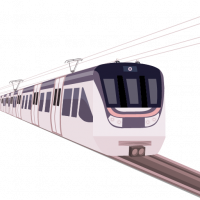



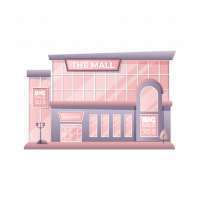
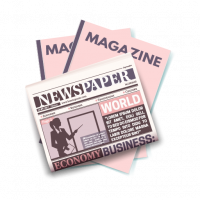

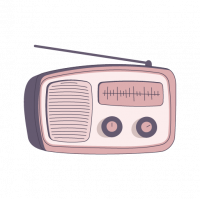


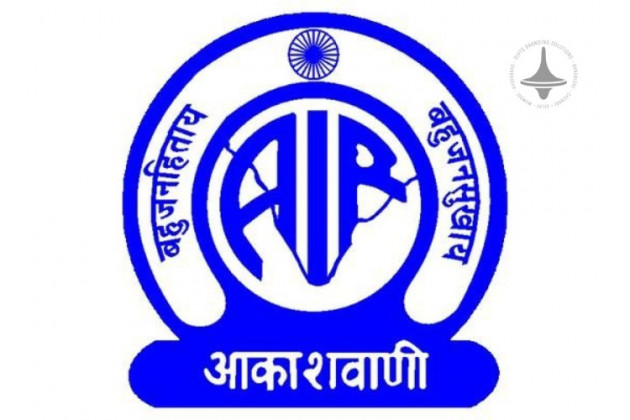
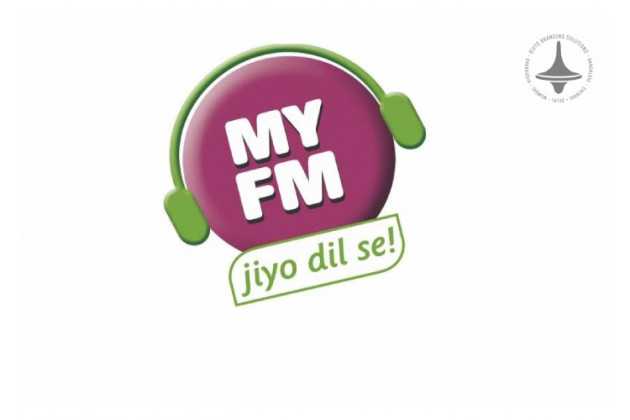
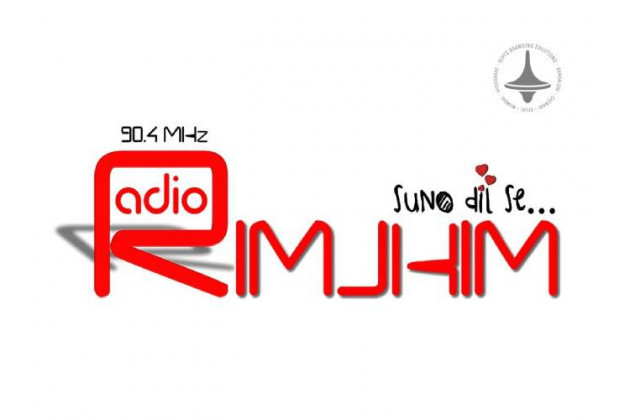
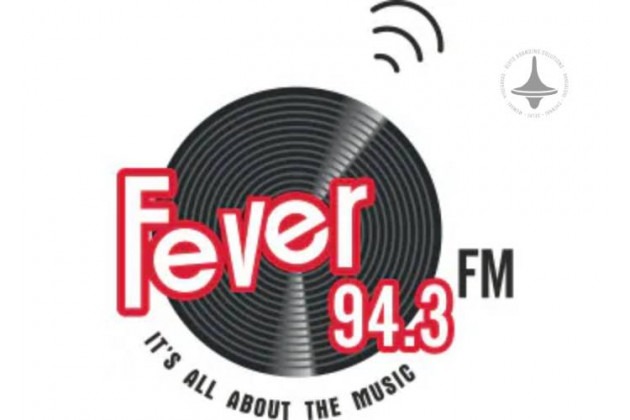
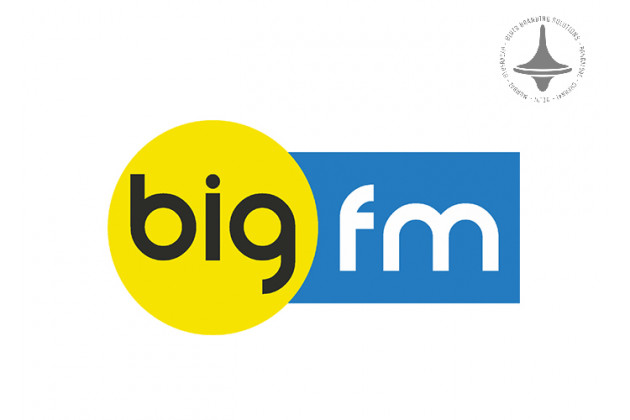
Leave a Comment